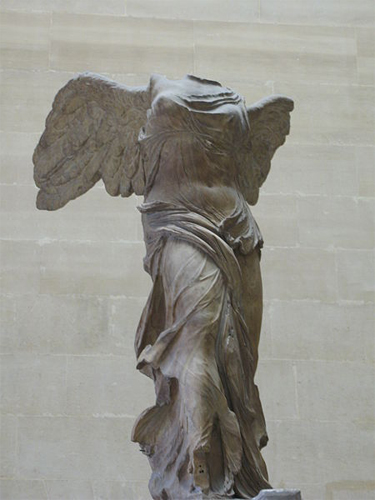History of Museums
One of the earliest museums was the Louvre, located in France. Originally built as a fortress during the Middle Ages, the structure changed over the course of time. Following its use as a fortress, it became a place to house the spoils of war, or items taken from a defeated enemy after battle. The leader of France kept these spoils as a private collection. It wasn’t until 1793, after the French Revolution, that the Louvre opened its doors to the public permitting them to view many of the captured objects.
The Louvre endured many architectural modifications throughout history, and rests today on approximately forty-nine acres. The collection contains works created until 1848, such as the Mona Lisa and Nike of Samothrace, and brings over six million visitors per year.


